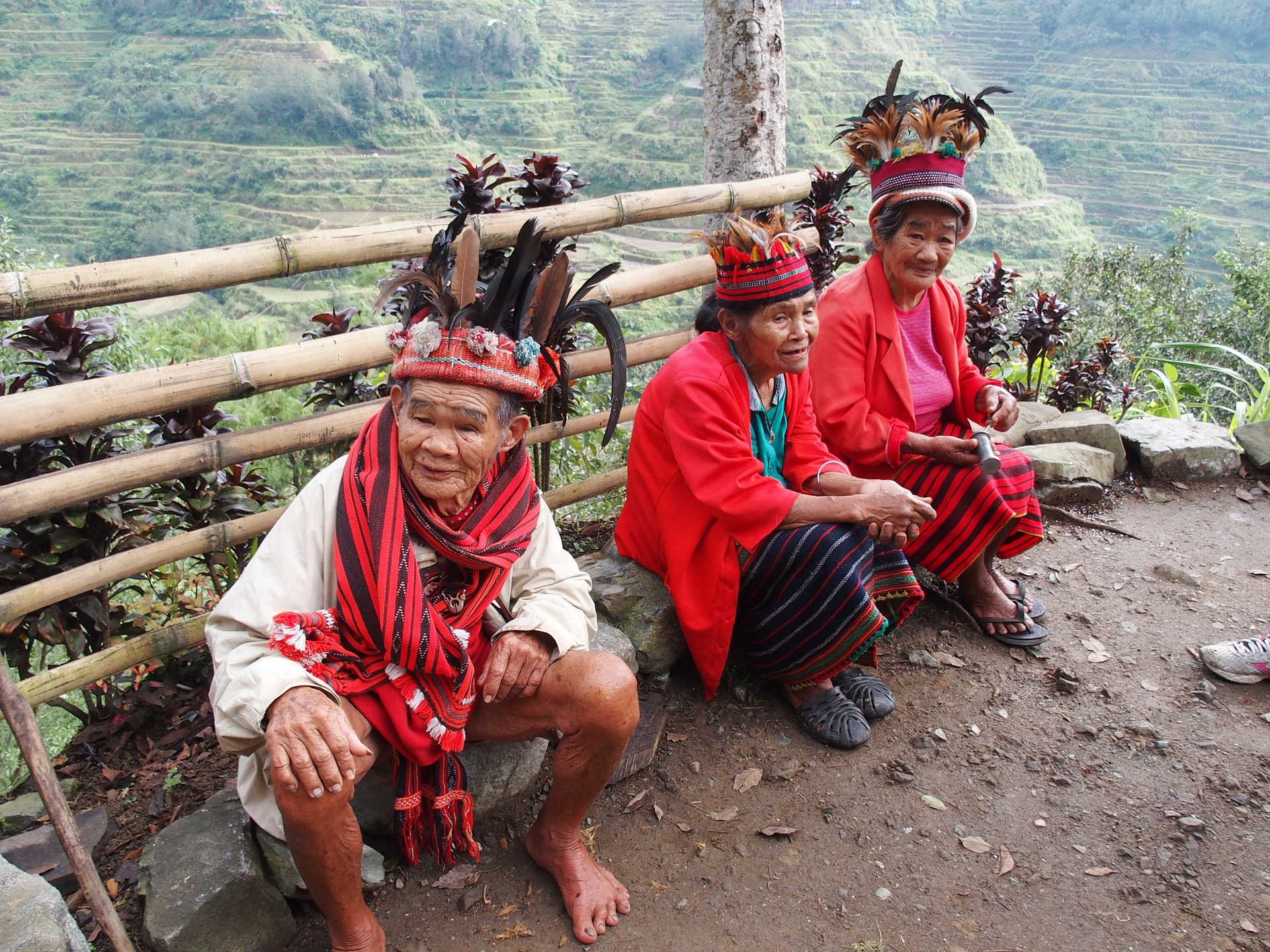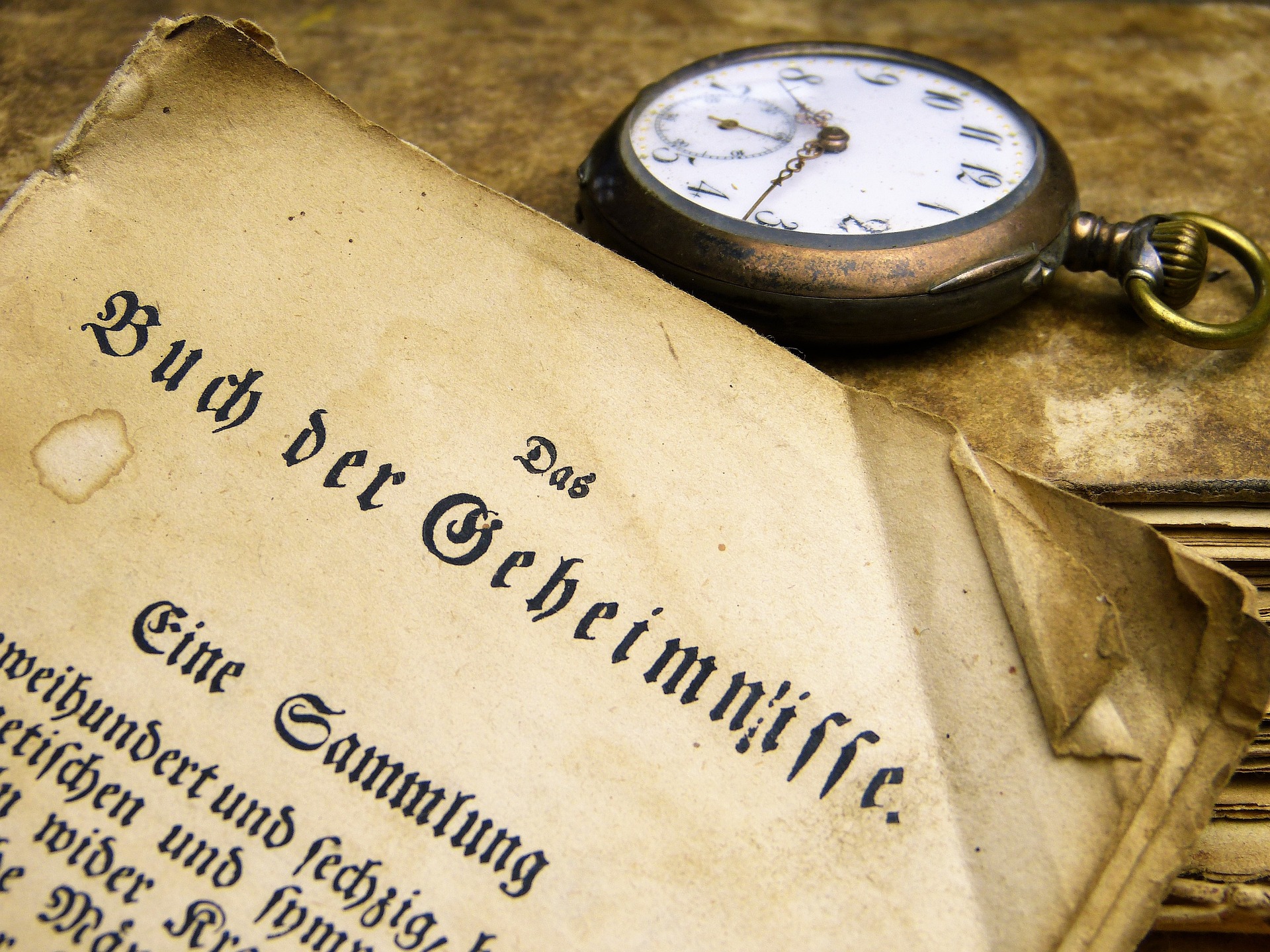Ambahan
Form: Poetry
Ambahan is one of the great examples of oral literature in the country. This poem, which is also considered to be a chant, is culturally-created by the Mangyan ethnic group.
Just like other forms of poetry, ambahan has its own poetic standards which is also strict as to what other poems. It has a meter of seven lines and rhythmic end-syllables.
Ambahan as a chant renders with musical pitch different from person to person. Some might resemble to be like in common conversation, others might be as a monotonous recitation.
Overall, to better understand ambahan one must be able to trace back its cultural and historical roots. This particular poetry is used by ethnic groups and best represent them as a collective of oral storytellers, in a sense.
Dangdang Ay
Form: Poetry
Upon reading Dangdang Ay, I sensed a strong depiction of frustration and hardship. For me, this poem is about siblings who are comforting each other. The speaker of the poem may be inferred as an older brother, who in the beginning, leaves his young sister.
The young sister may be seen as someone who has a deep affection to his brother. We can also apply foreshadowing where we can assume that she knew what will truly happen once she permitted her big brother to go.
At the end of the poem, it was revealed that the brother failed to be a priest and therefore subjected for a punishment. It was hinted that he will be hanged, even though he believed that it is “not my fate to die”.
Therefore, a strong belief and norm play around the whole poem. Maybe the right context here to better understand the poem is the concept of bringing honor to the family. The brother failed to bring honor, through being a priest; thus, he must face a consequence.
Second Creation
Form: Prose – short story
The short story entitled Second Creation is about teaching what values should a leader must possess.
The story revolves around the crisis happening in a community led by LageyLingkuwos. The said crisis is about how to farm well given the circumstances whether the winds would be right for burning, difficulty in predicting the arrival of the rainy season and uncertainty what must be appropriately planted.
With the growing hardships of the locality, their leader grew more and more determined to please their agriculture deity, Tulus. He thought of ways to address the problems and eagerly mend each.
Overall, during the entirety of the story, we can view good qualities of a leader to LageyLingkuwos. These are seen in his moral values, academic excellence and integrity, which I will be citing from the teaching of the late Senator. Miriam Defensor-Santiago.
LageyLingkuwos possesses moral values because he showed empathy to his people. Thinking of solutions and doing appropriate actions are manifested by him as his academic excellence. Lastly, being too determined to help and fully resolve their community’s crisis can be considered as his integrity as their leader.
Tags: Philippine pre-colonial literature, literary samples, literary analyses, cultural significance, themes and symbolism, LifeThinker.
Author: Christian Loid Valenzuela







